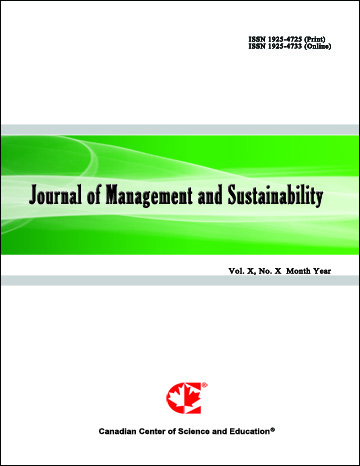Modeling the Clustering Volatility of India’s Wholesale Price Index and the Factors Affecting It
- Mohammad Azimi
Abstract
This paper proposes to examine the clustering volatility of India’s Wholesale Price Index throughout the period 1960 to 2014 by applying the ARCH (1) and GARCH (1) model. The pre-conditional requirement for the computation of ARCH (1, 1) required us to perform several other tests i.e. Dickey Fuller, Ordinary Least Squared Regression and post OLS tests for investigating the ARCH effect in the first difference of WPI. The statistical analysis reveals a p-value of 0.569 for the GARCH mean model which is not significant at ∂ 0.05 to explain that the previous period’s volatility can influence the WPI. The coefficient of WPI at first difference exhibits a value of less than 1 which is nice in magnitude with a p-value of 0.005 for ARCH at ∂ 0.05 which is significant to explain the volatility of the WPI. The diagnostic test of autocorrelation in the residuals reveals that the residuals are white noise by exhibiting a corresponding probability value of 0.3757. Since, the overarching objective of this paper is to examine the clustering volatility of the aforementioned variable with regards to the internal shocks, there might have been other factors of external shocks on WPI that have deliberately been overlooked in this paper.
- Full Text:
 PDF
PDF
- DOI:10.5539/jms.v6n1p141
Journal Metrics
Google-based Impact Factor (2021): 1.54
h-index (July 2022): 37
i10-index (July 2022): 147
h5-index (2017-2021): 12
h5-median (2017-2021): 19
Index
- Academic Journals Database
- ANVUR (Italian National Agency for the Evaluation of Universities and Research Institutes)
- CAB Abstracts
- CNKI Scholar
- EconBiz
- Excellence in Research for Australia (ERA)
- GETIT@YALE (Yale University Library)
- Harvard Library
- HeinOnline
- Infotrieve
- JournalTOCs
- LOCKSS
- MIAR
- PKP Open Archives Harvester
- RePEc
- Scilit
- SHERPA/RoMEO
- Stanford Libraries
- UCR Library
Contact
- Evelyn XiaoEditorial Assistant
- jms@ccsenet.org
